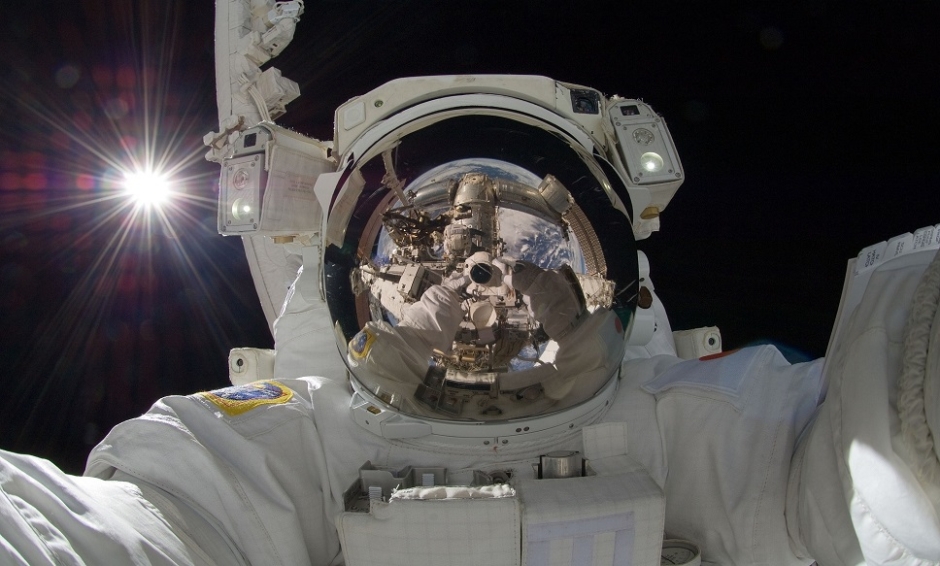OCULAR impairments experienced by astronauts are linked to space-induced volume changes in cerebrospinal fluid (CSF), according to research presented today at the annual meeting of the Radiological Society of North America (RSNA).
In a new study, Prof Noam Alperin from the University of Miami, Coral Gables, Florida, USA, and his colleagues looked at cases of visual impairment intracranial pressure (VIIP) in astronauts at NASA. The team report that the syndrome has been identified in nearly two-thirds of long-duration mission International Space Station (ISS) astronauts. Those with VIIP have blurry vision and undergo ocular structural changes, including flattening at the back of the eyeballs. “People initially didn’t know what to make of it,” Prof Alperin explained, “and by 2010 there was growing concern as it became apparent that some of the astronauts had severe structural changes that were not fully reversible upon return to earth.”
Scientists have previously argued that the cause of VIIP could be due to the movement of vascular fluid toward the upper body while astronauts are in the microgravity of space. Dr Alperin and his team now show that CSF may also have a role in the deformations caused by the syndrome. The team looked at magnetic resonance imaging (MRI) scans taken before and soon after long-duration spaceflights in seven ISS astronauts. They compared these results with those from nine Space Shuttle astronauts who had completed short-duration missions.
The results showed that long-duration astronauts had significantly increased flattening of the eyeballs and optic nerve protrusion after returning from their mission. These astronauts also had significantly greater post-flight increases in orbital and ventricular CSF volume. “The research provides, for the first time, quantitative evidence obtained from short and long-duration astronauts pointing to the primary and direct role of the CSF in the globe deformations seen in astronauts with visual impairment syndrome,” Prof Alperin said.
The team stress the need for identifying the origin of these space-induced ocular changes in order to find ways of protecting astronauts from the effects of extended exposure to microgravity. “If the ocular structural deformations are not identified early, astronauts could suffer irreversible damage,” Prof Alperin explaned. “As the eye globe becomes more flattened, the astronauts become hyperopic, or far-sighted.”
Jack Redden, Reporter








